Machyomara (마쵸마라)
682.9M 2021-03-22
5, Jong-ro, 8-gil, Jongno-gu, Seoul
+82-2-737-8886
A place selling maratang (mala soup), which is popular among Koreans who like spicy food. The best menu at this restaurant is mala soup. This Chinese (cuisine) restaurant is located in Jongno-gu, Seoul.
RADOST (라도스트)
687.5M 2021-03-22
17, Ujeongguk-ro, 2-gil, Jongno-gu, Seoul
+82-2-734-8945
A restaurant frequented by office workers in Jongno after work. The best menu at this restaurant is deep-fried and braised boneless chicken. This Korean dishes restaurant is located in Jongno-gu, Seoul.
Aneuk Hotel & Spa – Jongno Unni (아늑호텔 앤 스파 종로운니점)
691.2M 2025-05-07
89, Donhwamun-ro 11ga-gil, Jongno-gu, Seoul
Museum Kimchikan (뮤지엄 김치간)
697.3M 2024-09-27
Seoul, Jongno-gu, Insadong-gil 35-4
+82-2-6002-6456
Le Museum Kimchikan désigne un musée unique dédié au kimchi et au kimjang, et revenant longuement sur les processus de fabrication du kimchi, aliment classé au patrimoine de l'UNESCO. Le musée a aussi été sélectionné par CNN en mars 2015 comme l'un des 11 meilleurs musées autour de la gastronomie.
Institut 'Kimchi Museum' - (풀무원김치박물관)
698.7M 2019-07-24
35-4, Insadong-gil, Jongno-gu, Seoul-si
+82-2-6002-6456, +82-2-6002-6477
Le musée du Kimchi, fondé en 1986, expose tout ce qui est en rapport avec le Kimchi et sert également de lieu de recherche sur cet aliment typique de la Corée. C’est l’entreprise Pulmuwon Kimchi qui, en 1986, a ouvert ce musée du Kimchi afin de faire connaître cet aliment typique aux coréens comme aux visiteurs étrangers.
Moonguesthouse [Korea Quality] / 문게스트하우스 [한국관광 품질인증]
698.1M 2020-09-09
31-18, Samil-daero 32-gil, Jongno-gu, Seoul
+82-2-745-8008, +82-10-8704-9981
The Moon Guesthouse is situated near a number of interesting tourist destinations including Unhyeongung Palace (3min on foot), Bukchon Hanok Village (5min on foot), Changdeokgung Palace (5min on foot), and Changgyeonggung Palace (10min on foot). The guesthouse was named ‘moon’ (‘door’ in English) because it has many 176 doors and windows. Upon entering by the gate, visitors will see a ‘ㄷ’-shaped hanok building in the courtyard, in which a wooden bedstead and a table are placed. On the opposite of the hanok building there is a wall roofed with tiles engraved with Korean patterns such as deer, pine, turtle, etc. Flowers in the flowerbed lined up along the wall are in bloom and the bonsai are also well-kept in the house. Renovated and opened as a guesthouse in September 2011, Moon Guesthouse consists of a bonchae (main building) and a byeolchae (detached house). The rooms are decorated with red clay and hanji (traditional Korean paper handmade from mulberry trees), and have under-the-floor heating (ondol). Each room is equipped with an air-conditioner, and has a 40cm-thick layer of red clay over the ceiling for insulation, making the rooms cool in summer and warm in winter. The house has seven individual guestrooms and five modern bathrooms, but the entire building (bonchae or byeolchae) can be rented, too. In particular, the unhyeondang of the bonchae is very popular as it can be converted into one large space for special events, group workshops, etc. simply by opening all the sliding doors (Bunhapmun – Goryeo construction style). This room, which is decorated with a flower-patterned windscreen, a landscape painting, and calligraphy, has been used as a shooting location for various TV programs including KBS2’s TV reality program Man’s Qualification and its variety show The Human Condition. The guestrooms are also equipped with traditional furniture including a cabinet inlaid with mother-of-pearl. The guesthouse also provides a variety of experience programs from 11am to 3pm, including tea ceremony, wearing Hanbok (traditional Korean clothes), making kimchi and gochujang (red chili paste), playing a traditional musical instrument, making a rubbing of a stone inscription, calligraphy, drawing orchids on a fan, and so on. The house has about seventy hanbok and other clothing accessories, as well as a royal costume. Its calligraphy and drawing orchid programs are run directly by the owner, who used to work as a classical Chinese teacher at a high school.
EPAIS (에페)
698.0M 2021-03-19
31, Jong-ro 31-gil, Jongno-gu, Seoul
+82-2-747-8894
This is a Japanese cuisine located in Jongno, Seoul. The best menu at this restaurant is house-made pork loin cutlet. The favorite store of office workers.
Musée des beaux arts Kyung-In (경인미술관)
700.0M 2019-03-26
11-4, Insadong 10-gil, Jongno-gu, Seoul-si
+82-2-733-4448
Le musée des beaux arts Kyung-In est situé dans le centre de Insa-dong à Séoul. En outre, Insa-dong est réputé pour ses ruelles d’où émane la culture traditionnelle coréenne.
Ce musée est à la fois un lieu pour les artistes et pour les touristes. Il est divisé en 3 galeries: une galerie extérieure, un espace extérieur où peuvent se produire diverses performances et projections et une maison de thé traditionnelle.
Les gens apprécient beaucoup cet endroit car les artistes peuvent se retrouver, exposer leurs oeuvres et où modernité et tradition s’entremêlent.
La 1ère galerie du musée des beaux arts Kyung-In s’étale sur 2 étages, ce qui lui vaut la surface la plus grande. La dimension est frappante et permet de faire toute sorte d’expositions.
La 2ème galerie peut être divisée en 3 étages: une serre et une terrace. Cette galerie est entièrement faite en verre de façon à ce que la chaleur de la lumière naturelle puisse entrer. Les cadres en métaux avec les arbres intérieurs créent une harmonie exceptionnelle. Les lignes horizontales et cubiques forment un ensemble artistique sans pareil.
La 3ième galerie a la forme d’une maison coréenne en parfait accord avec le jardin extérieur. Ce lieu met tout à fait en valeur le charme des maisons traditionnelles, endroit d’intérêt pour tous ceux qui souhaitent en savoir plus sur l’habitat traditionnel coréen.
Vous y trouverez aussi des objets d’artisanat, des peintures, des oeuvres artistiques coréennes. Il y a aussi une boutique d’objets d’art et artisanaux où vous pouvez acheter des imprimés originaux provenant de planches de bois ou des peintures d’artistes talentueux.
Cet univers permet de découvrir la vie quotidienne des artistes. Dans le musée des beaux arts Kyung-In il y a 2 endroits où vous trouverez des rafraîchissements : la maison de thé et la maison coréenne en style traditionnel.
Dans la 1ère, vous pourrez sentir les senteurs des 4 saisons au rythme de vos respirations. La maison de thé offre divers thés et sorbets délicieux. En dégustant une glace et buvant un bon thé, votre fatigue disparaîtra.
Dans la 2ième, le tintement particulier des petites cloches suspendues au bord des toits et la beauté du style de la maison traditionnelle vous transportera comme si vous étiez dans un temple. Au «Dawon», c’est aussi 15 différentes sortes de thé coréen traditionnel. En buvant son thé, on peut admirer la beauté du parc des sculptures, ce qui attire autant de coréens que d’étrangers.
Gaeseong Mandu Koong (개성만두 궁)
699.1M 2023-05-24
11-3, Insadong 10-gil, Jongno-gu, Seoul
+82-2-733-9240
Gaeseong Mandu Koong has served Gaeseong-style mandu (dumplings) for more than 30 years. The elderly proprietor, who fled south during the Korean War runs this restaurant with the help of her granddaughters. Characterized by its delicate taste, Gaeseong mandu stuffing consists of pork and various vegetables such as cabbage and pumpkin. This restaurant's mandu is so popular that it sometimes gets sold out even before evening. Typical menu includes mandu-jeongol (hot pot) and mandu-guk (soup). The hot pot is made of various ingredients including mandu, rice cakes, mushrooms, and meat, and serves two to three persons. For several persons, it's recommended to eat bossam (boiled meat slices wrapped in lettuce leaves or kimchi) and Korean-style pancakes.
Dawon (Traditional Tea Garden) (전통다원)
700.0M 2020-02-20
11-4, Insadong 10-gil, Jongno-gu, Seoul
+82-2-730-6305
Dawon is a tea house that operates in a hanok (traditional Korean house). Located in the busy tourist area of Insa-dong, this place offers the visitors a moment to relax and find peace in the city. When seated, greenery and flowers in the private garden make for a nice view while sipping tea and snacking on Korean desserts like assorted ttoek (rice cakes). There are many teas available, with more than 15 varieties, all of which originate from Korea. Dawon's peaceful atmosphere and authentic experience make it a must visit for anyone in the Insa-dong area.
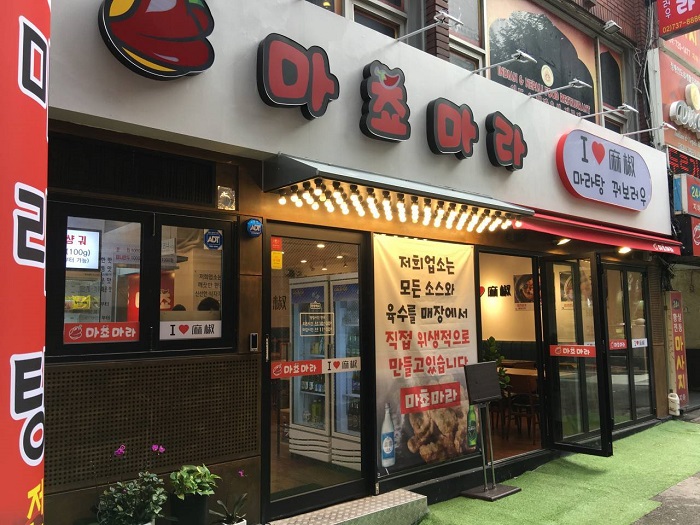
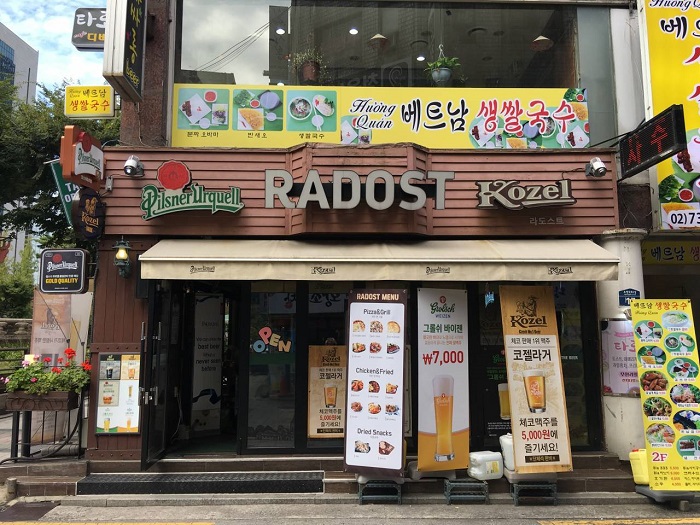
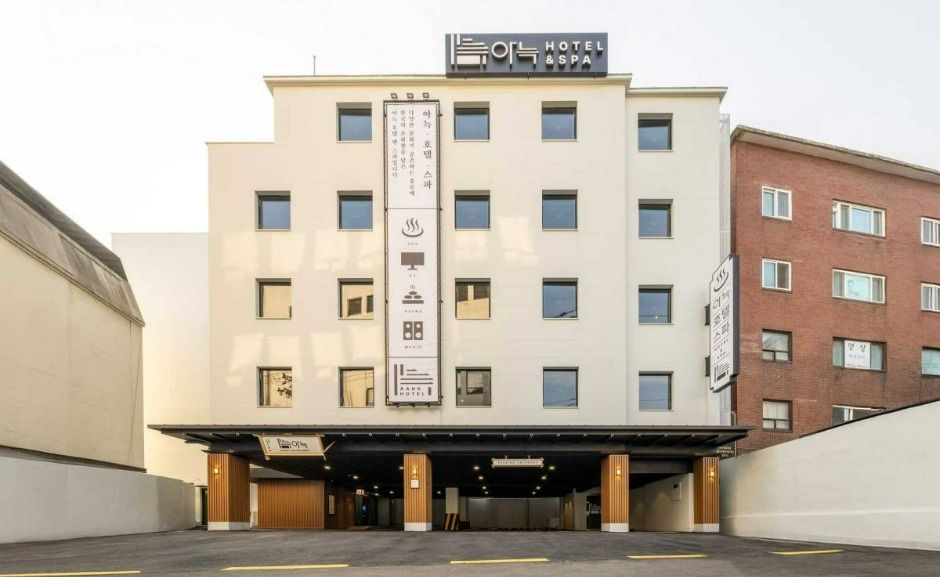
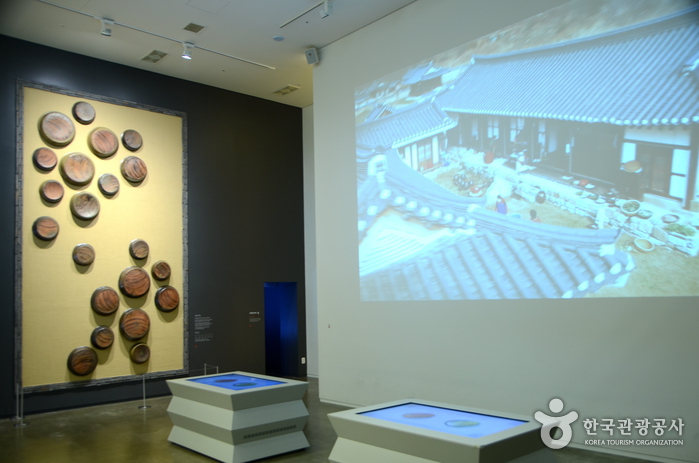
![Moonguesthouse [Korea Quality] / 문게스트하우스 [한국관광 품질인증]](http://tong.visitkorea.or.kr/cms/resource/09/2577509_image2_1.jpg)
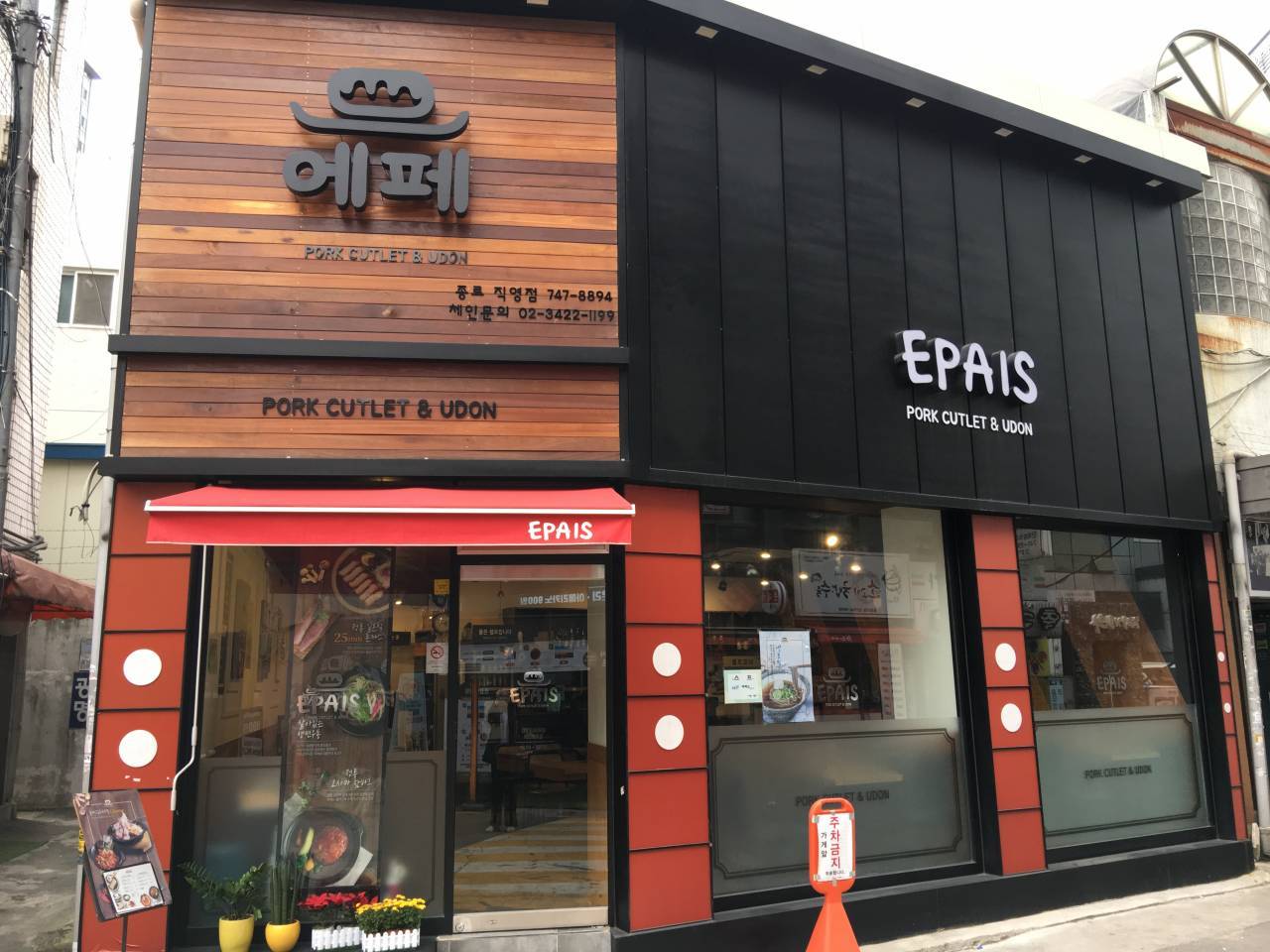
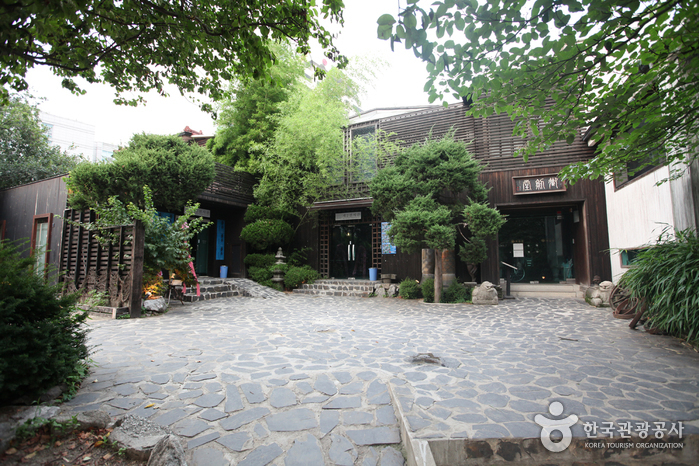
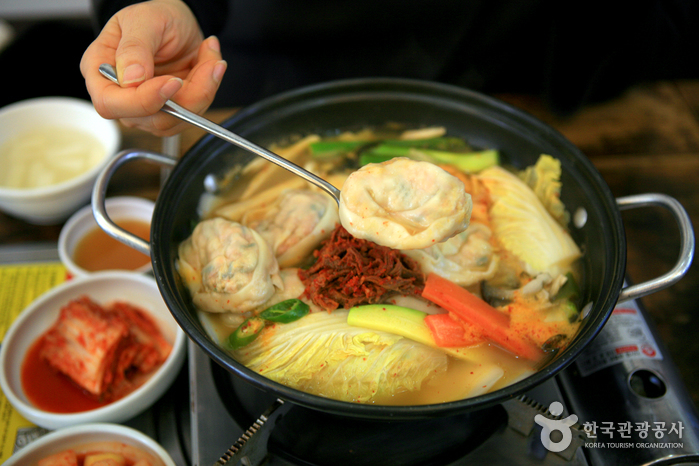
 Français
Français
 한국어
한국어 English
English 日本語
日本語 中文(简体)
中文(简体) Deutsch
Deutsch Español
Español Русский
Русский